The Automobiles of the Maharajas
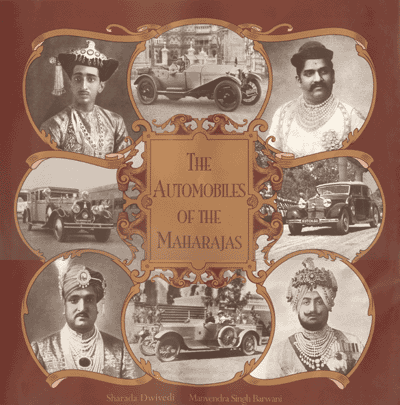 by Manvendra Singh Barwani and Sharada Dwivedi
by Manvendra Singh Barwani and Sharada Dwivedi
The book’s handsome presentation, with its copper-toned, deeply embossed dust jacket that protects the finely-textured fabric over the hardcovers, makes it virtually impossible to resist looking inside. The title, The Automobiles of the Maharajas, gives you an indication that you are about to be transported. Opening the book, your eye is treated to ivory and copper-tones on the pages that feature clear, well-reproduced photos of scenes exotic and intriguing to the Westerner.
Fellow reviewer Sabu Advani observed, in his review of this book in the magazine he edits for the Rolls-Royce Owners’ Club that, “The photos beg to be savored not just in terms of the cars but the glimpses they provide into a different society (that is) at an entirely different level of industrialization. As an account of the cars that went to India the book stands alone, but it is much more than just a car book.”
And Sabu couldn’t be more correct, for this book also presents social and cultural history. Given that what most North Americans learned about lands such as India was likely long ago and only fuzzily—if at all—recalled, this overly simple refresher is offered to aid in a best appreciation of this book. India is one of those “-ests”; largest in terms of land, largest in terms of population, oldest in terms of culture. The Hindu culture evolved from an intermingling of Aryan ideas with Greek, Arab, Turkish and Persian, incorporating the ancient caste societal structure in a land where beliefs and matters of state combine, even within the parliamentary system. Local power has rest, even when India was under British control, in the hands of local-area royalty. Cultural customs, power and wealth enabled lifestyles not greatly different from that of the privileged everywhere, textured, in the case of the maharajas, with the customs of the Indian culture.
The narrative is a credit to the research, knowledge and communicative skills of the co-authors. One, Manvendra Singh, a car-guy, collector, restorer and researcher, and the other, Sharada Dwivedi, with her degree in library sciences and numerous other books to her credit, ensure the book is both readable and accurate. Illustrated with images that can only be described as compelling, the reader arrives in India in the nineteen-oughts, before the automobile, and is conveyed page-by-page into the 1960s, with one of the latest images that of first lady Jacqueline Kennedy on a state visit to India, shown with the maharaja and his automobile that was her transportation during part of her visit..
In between are autos of every marque imaginable, from bejeweled Rolls-Royces to more common fare such as Fiats and Fords, bodied and used for every purpose imaginable—from ceremonial (the cars outfitted for weddings are the most fabulous) to functional, as in hearses, shooting brakes or ambulances. And, yes, there are cars sporting custom coachwork from such as Hooper, Gurney-Nutting, Mulliner and more.
After enjoying sales of some 8,000 copies, the first edition of Automobiles of the Maharajas, which was in English, is now out of print. But rejoice! It has been printed again; albeit not in the English, but Italian, and rumor has it that perhaps a third edition, en française, may be in the offing. The publisher and source for the currently-available in-print Italian edition is shown in the statistics block below.
Copyright 2010 Helen V Hutchings (speedreaders.info)


 RSS Feed - Comments
RSS Feed - Comments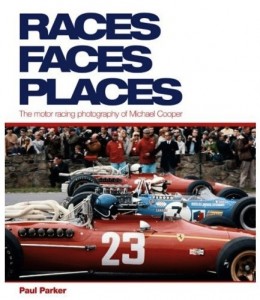
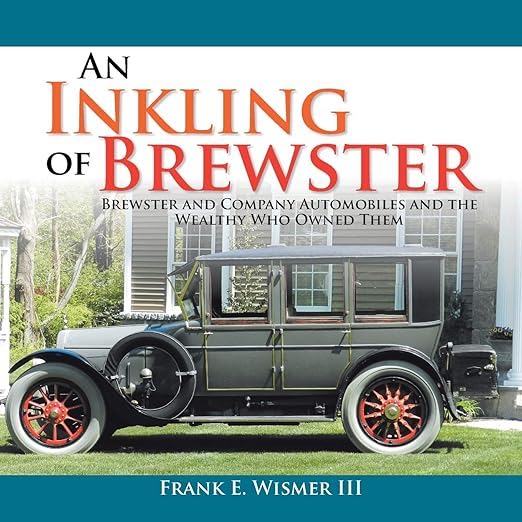
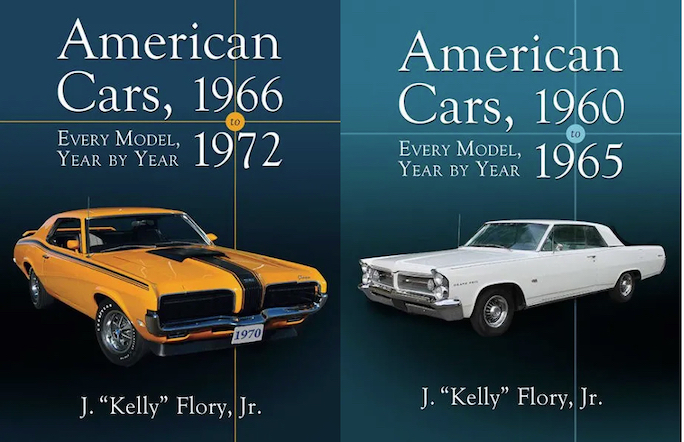


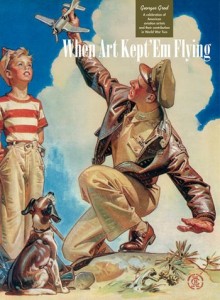
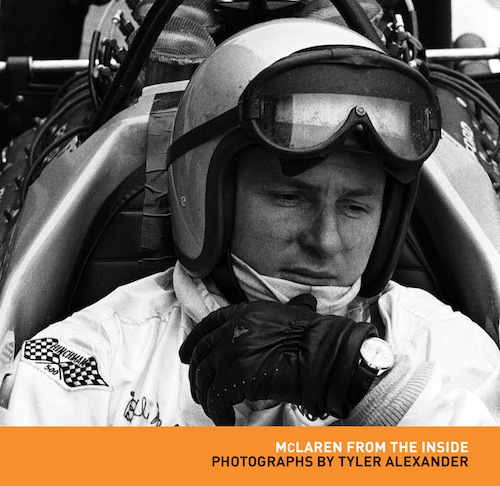
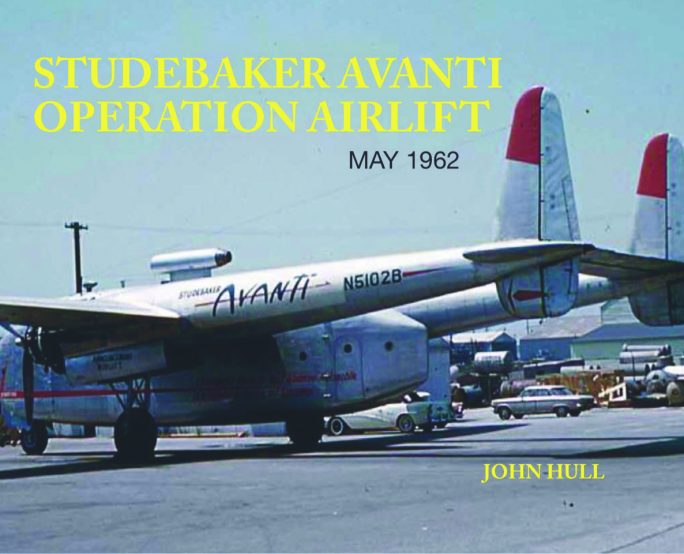



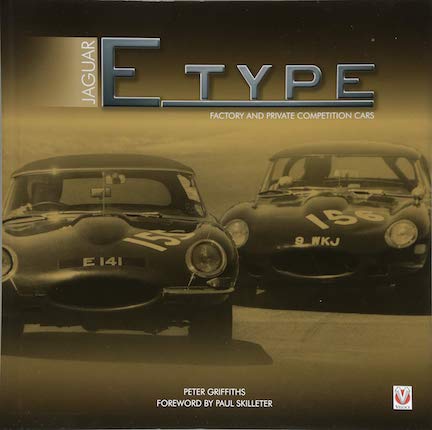
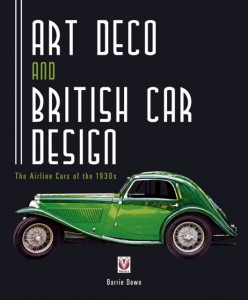
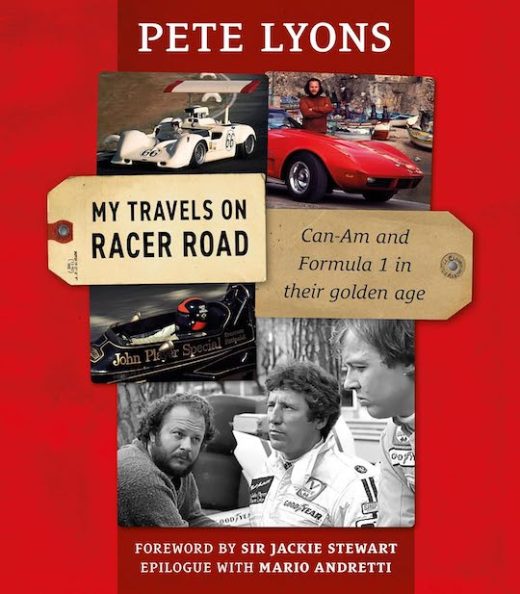
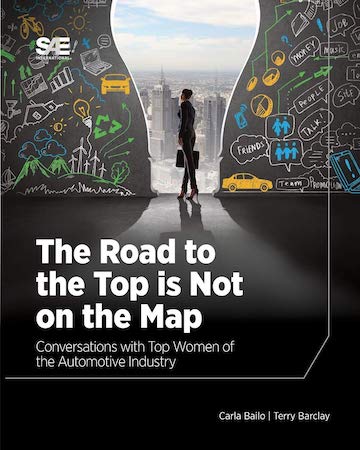
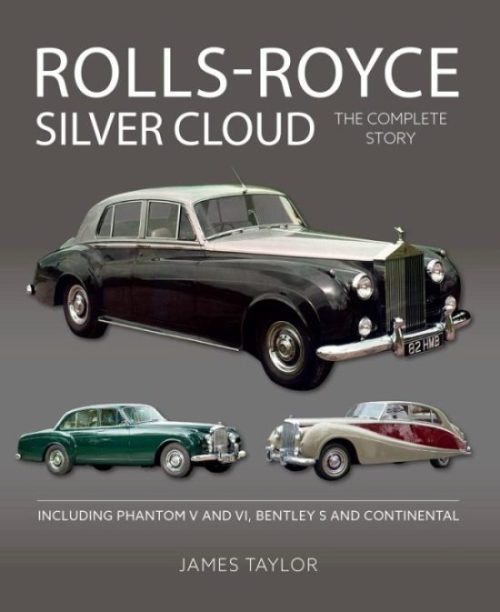
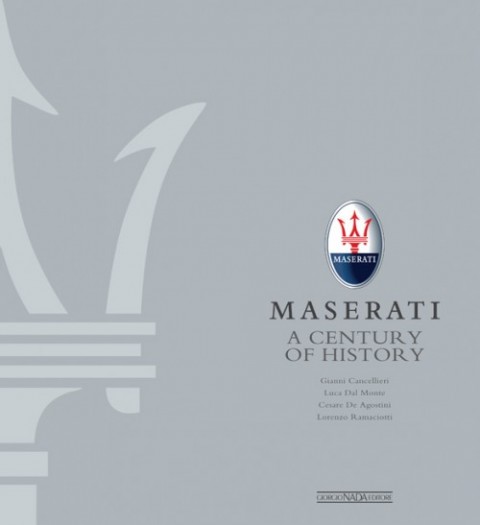
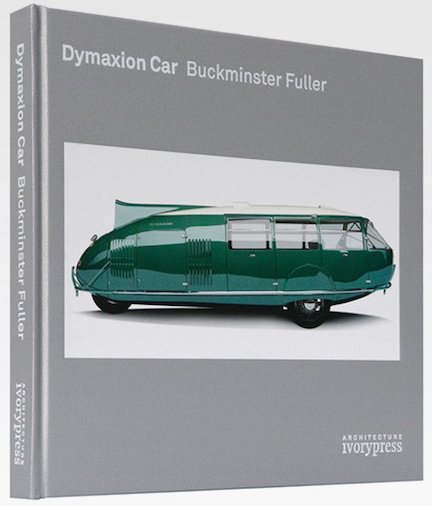


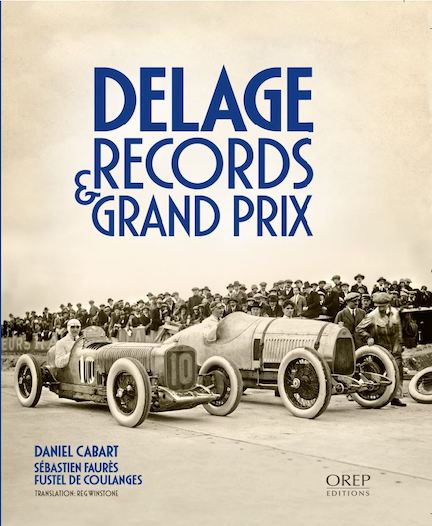
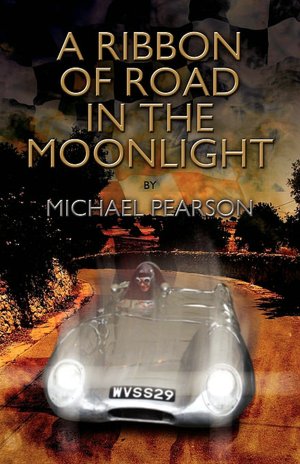
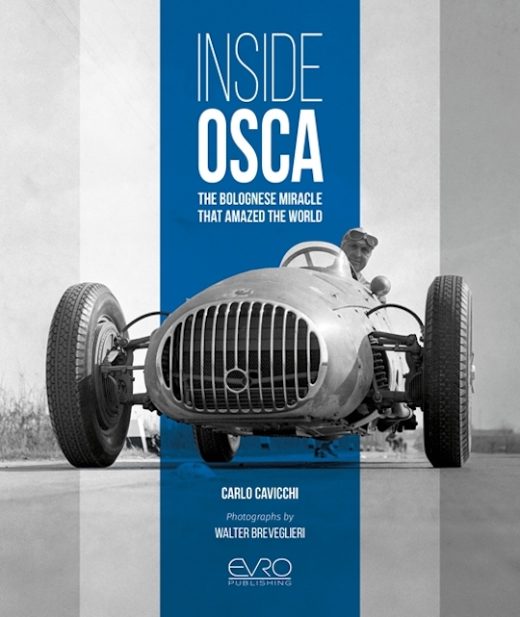



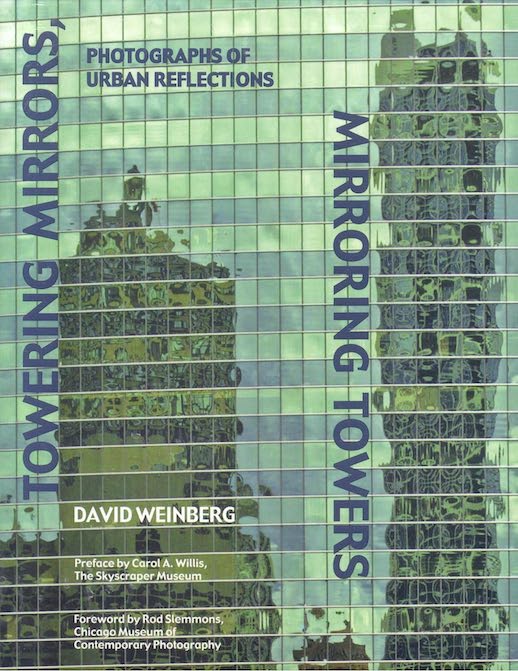
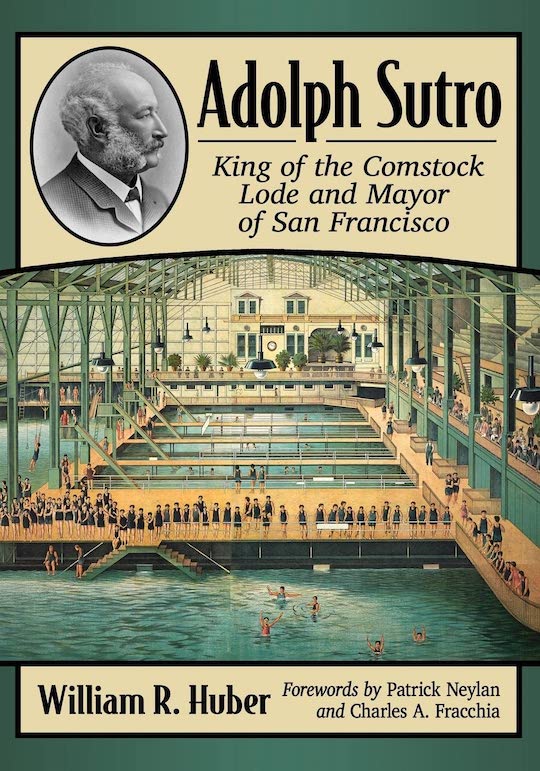

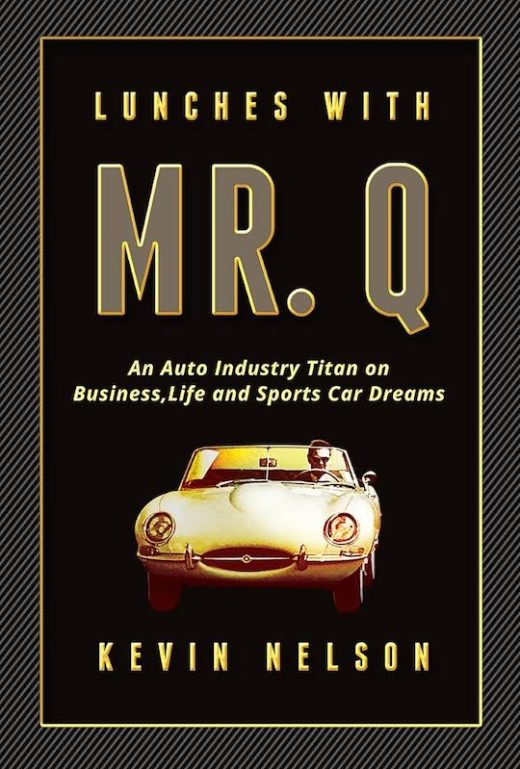
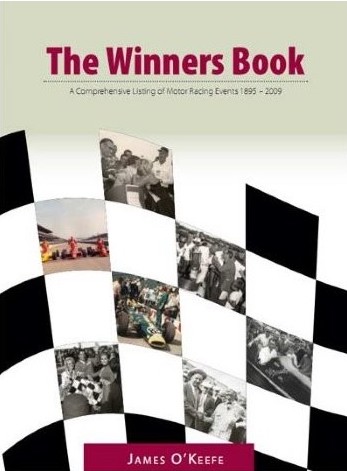
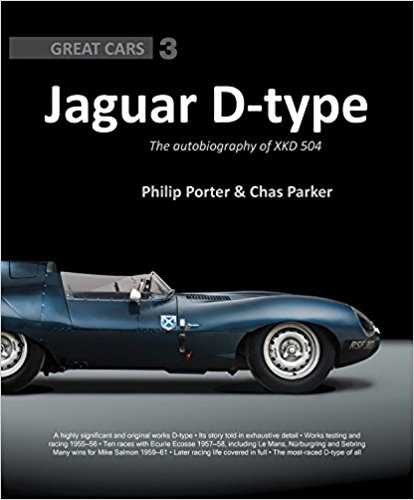

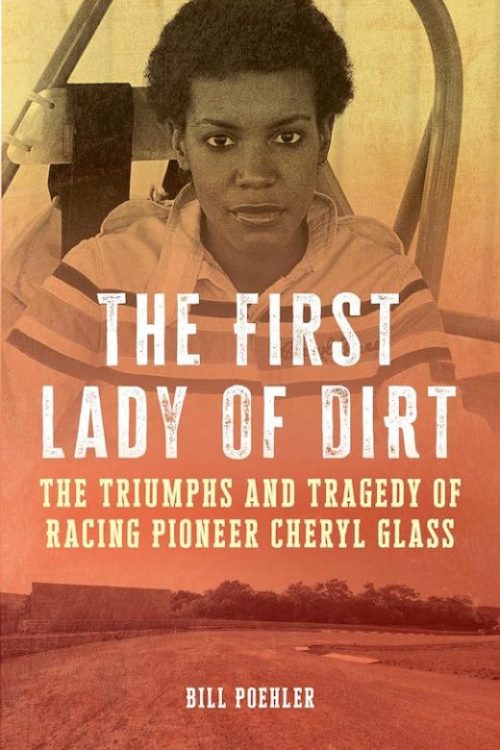





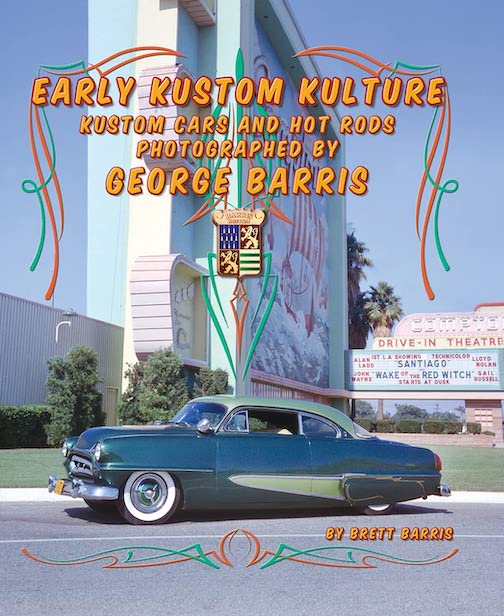
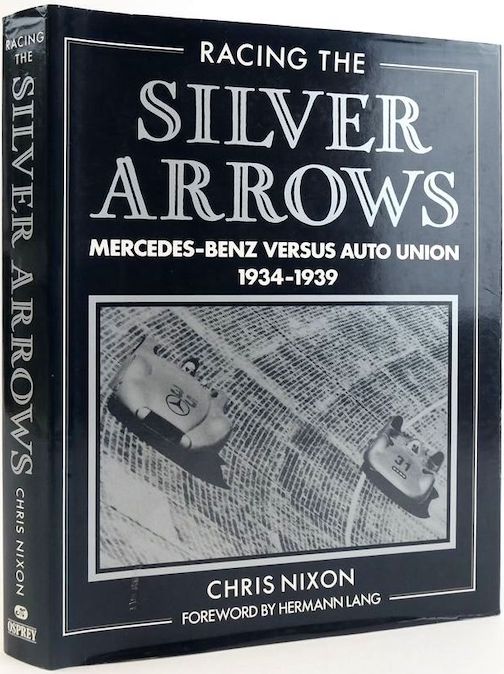
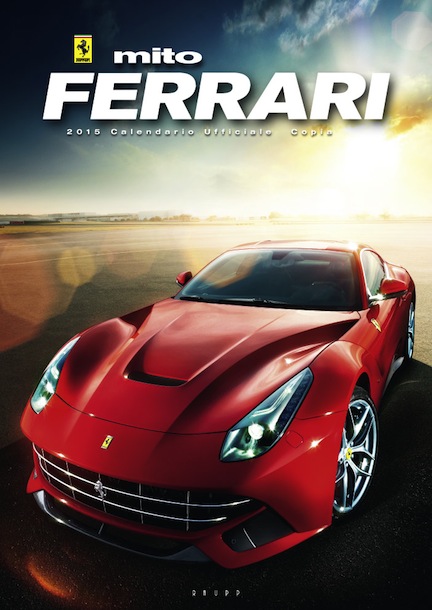
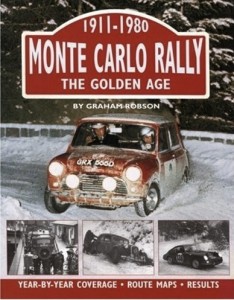
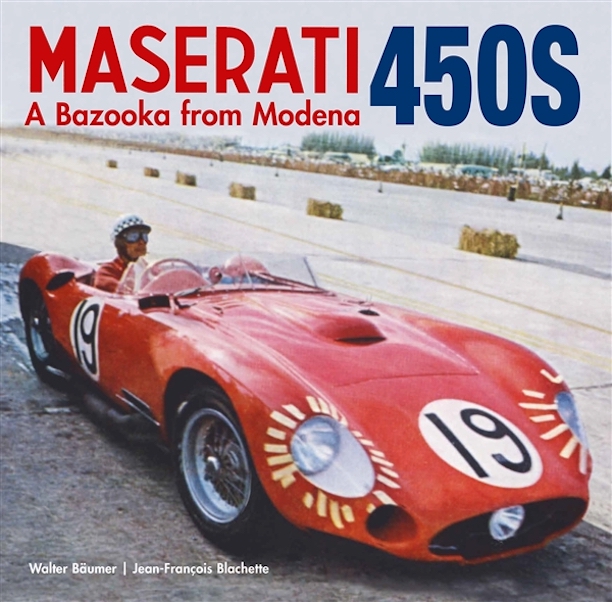
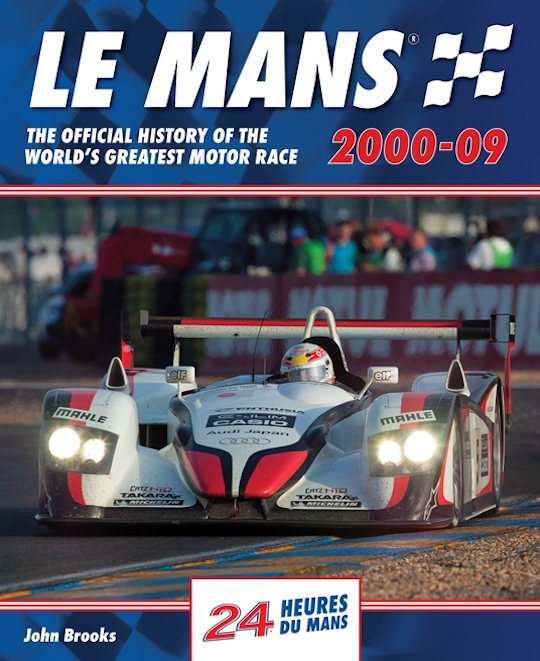

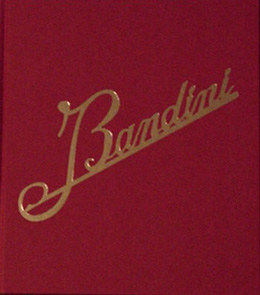







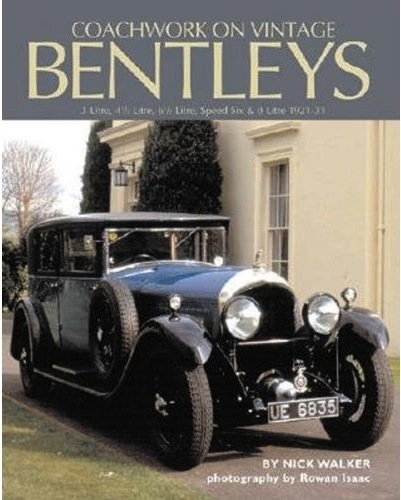
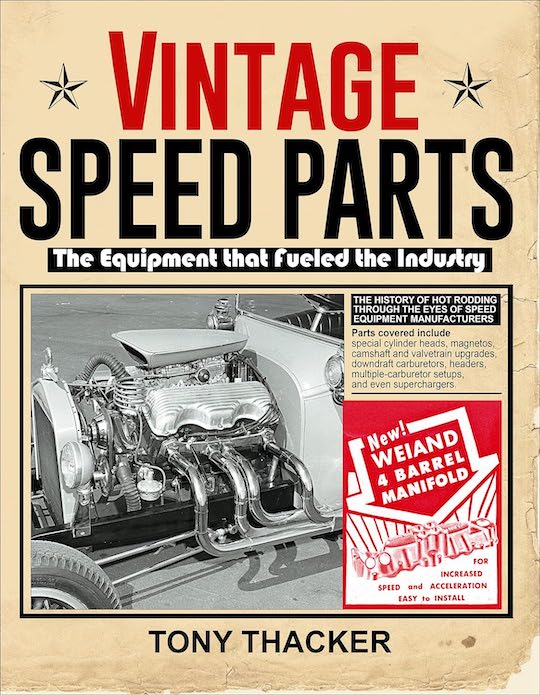


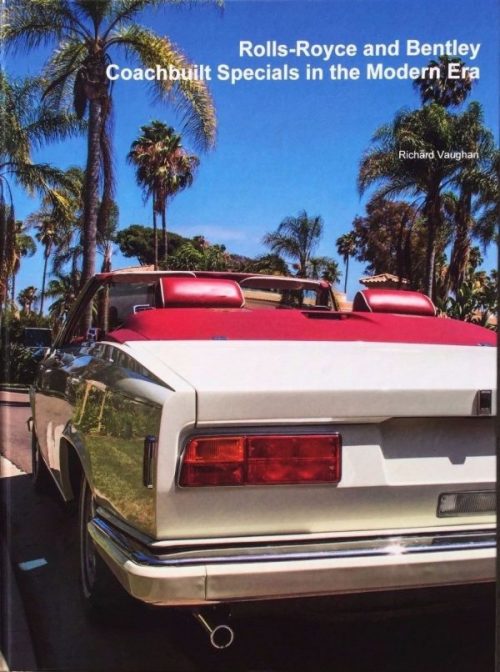
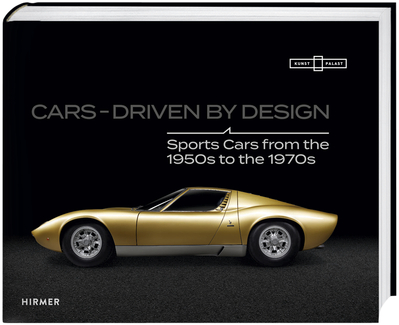

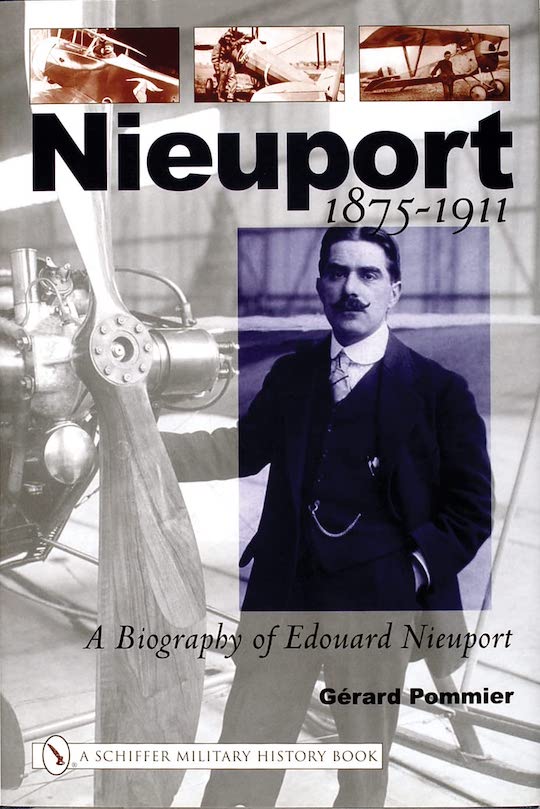



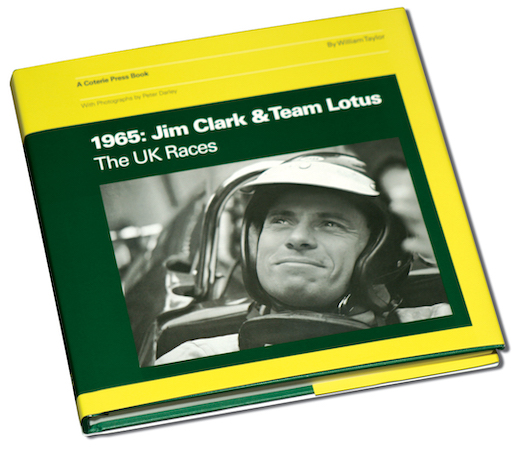
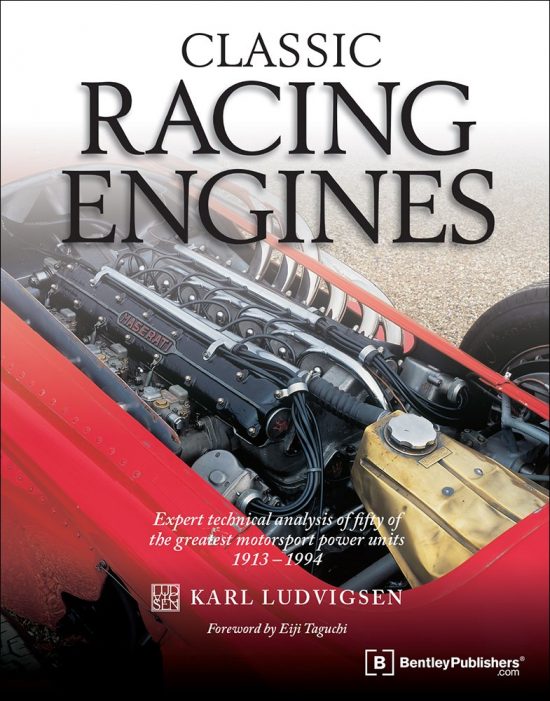
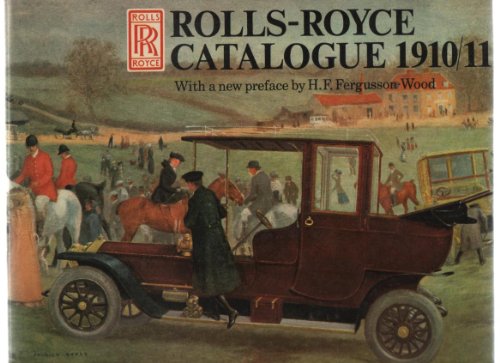
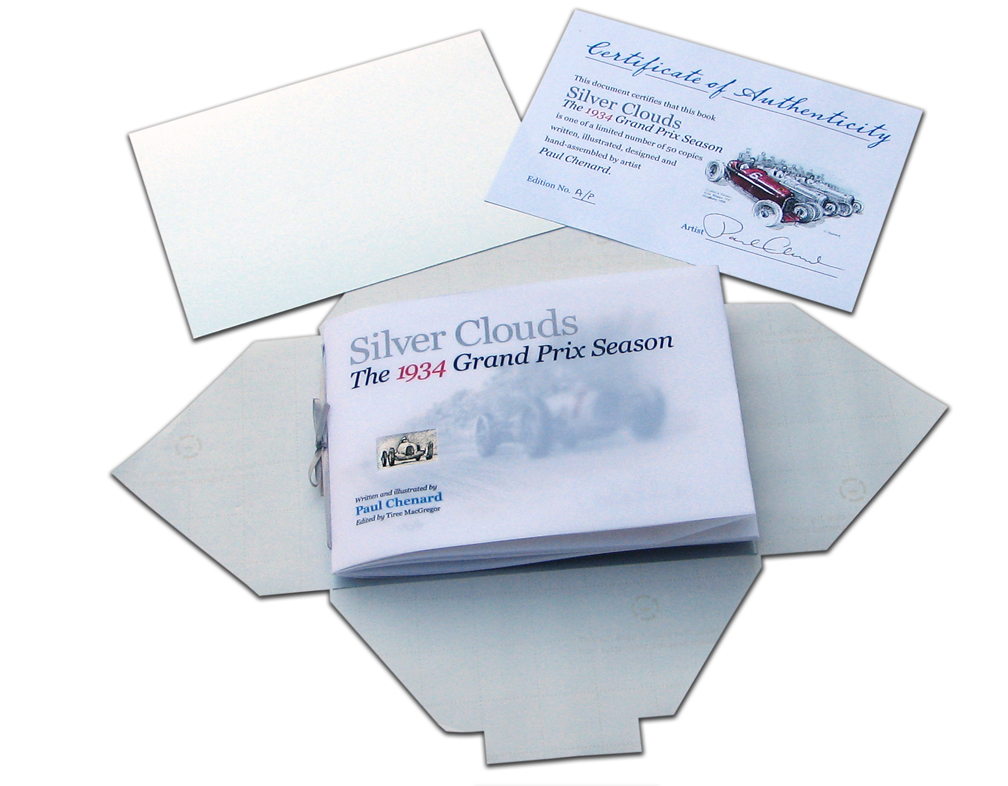


 Phone / Mail / Email
Phone / Mail / Email RSS Feed
RSS Feed Facebook
Facebook Twitter
Twitter
The late John de Campi of the RROC brought a few copies into the US when it was published and it then became difficult to find. There are a few copies now available, mainly direct from India, here: http://www.bookfinder.com/search/?ac=sl&st=sl&qi=r9y6pKHf7acRi5EU7K6idGjGuMc_0169194885_1:3:223&bq=author%3Dmanvendra%2520singh%2520barwani%2520sharada%2520dwivedi%26title%3Dautomobiles%2520of%2520the%2520maharajas